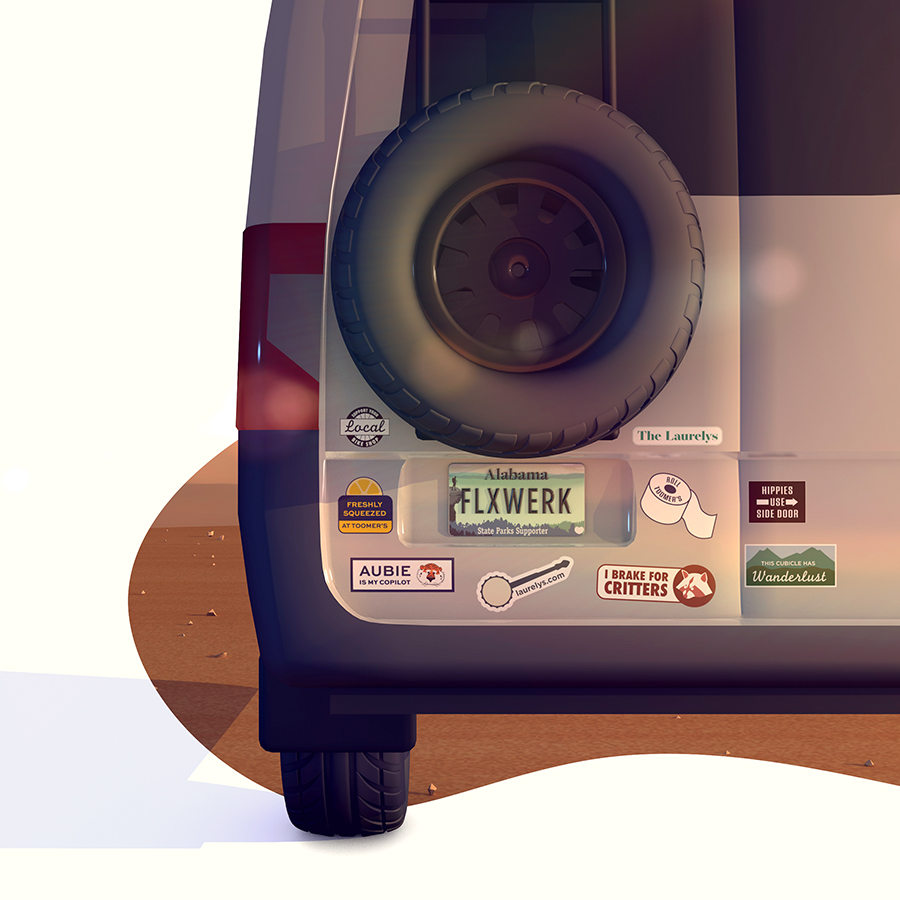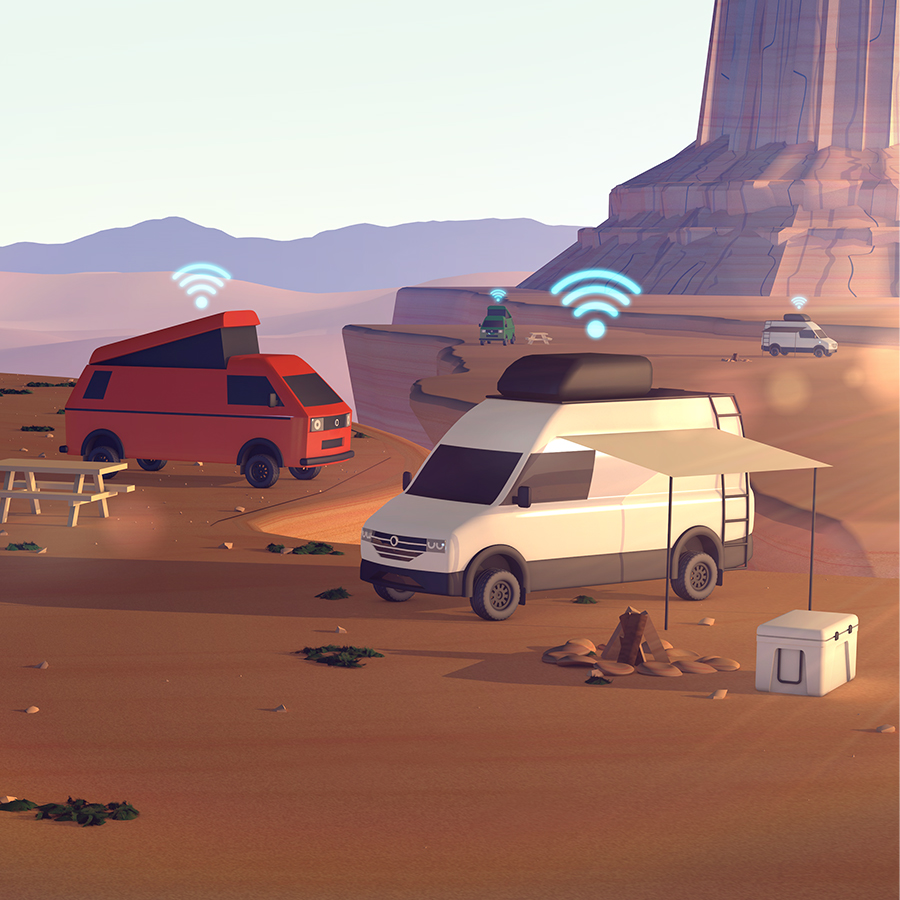Radically different but completely the same
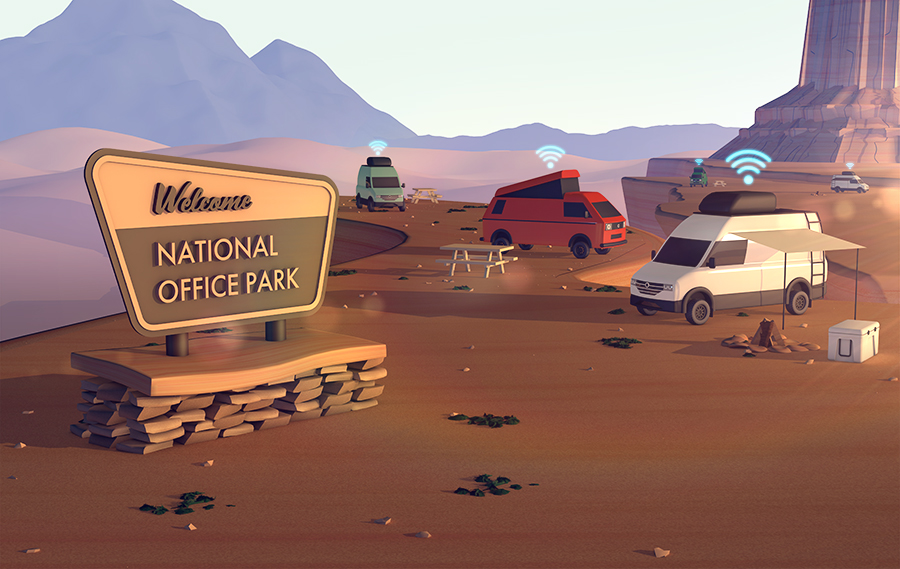
The conversations that follow between a writer and interviewee have been selected for their relevance to the new world of work and the future of work. The conversations were real. They’ve been edited for focus and brevity and kept anonymous to protect the innocent. And the guilty.
Writer: Did he not trust you and your team?
Interviewee: I don’t know. By all measures, our process, year after year, yielded a market-leading product. We push for continuous improvement. He blew in, never asked, never listened, assumed he knew better how to manage the process, just imposed.
Writer: And?
Interviewee: It cost more, took longer and wasn’t up to the standards of previous production.
Writer: Your opinion or his?
Interviewee: Well, cost and time are quantifiable. And quality? That’s the feedback from customers.
Writer: Well, he’s the boss. Isn’t it your responsibility to adapt to his vision? Did you achieve his goals and objectives?
Interviewee: No idea. He never communicated those to us.
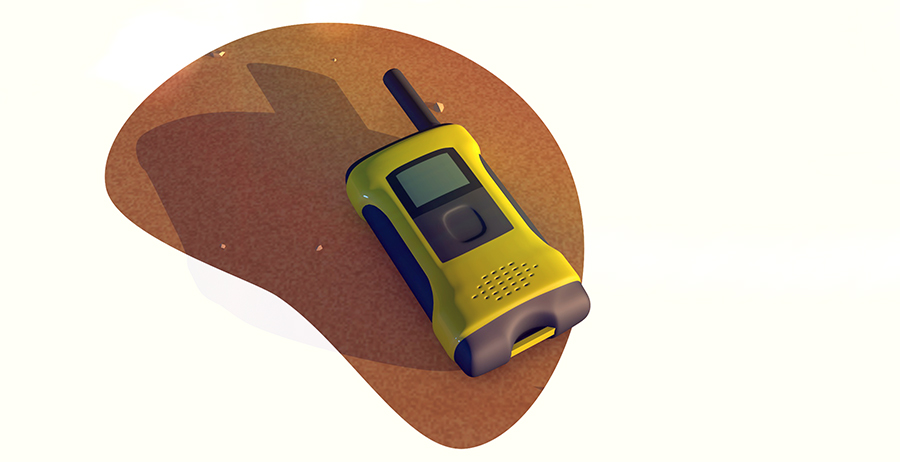
With the pandemic, for many of us came work-from-home. Virtually overnight, business operations became decentralized. Suddenly, the familiar processes that had evolved in the office were gone, replaced with Slacks and Zooms and Hangouts. Communication, if not demolished, was certainly impaired. The pressure of the new environment not only accelerated the pace of technological change, it also cracked the small imperfections in our operations into major fractures.
Employees, variously, enjoyed a new-found freedom or stressed out over endless workdays and continuous meetings. Managers struggled with command and control, attempted to impose order and found talent exiting left and right.
To hire and retain talent, empathy became important. Empathy, really? What ever happened to, “Do what I tell you to do and deliver it when I tell you to deliver it?” No doubt some managers miss those days. But today, knowledge workers (they’re supposed to be knowledgeable, right?) don’t need or want to be told what to do and how to do it. And they certainly don’t want to be monitored (when did we ever?). They want to be an active part of an organization, a culture, to understand, if not contribute to, strategic goals and worthwhile purposes and – above all – be trusted to act professionally and get the job done.
They don’t like working for bosses who watch the clock, count hours, kick chairs and interject themselves in processes they don’t take the time to understand. These new age workers believe that they should be judged by the quality and quantity of their output. And by the way, that quantity and quality have everything to do with how well bosses communicate goals, listen to the professionals they manage and give those professionals the resources and the latitude to accomplish goals efficiently and effectively.
And what’s wrong with that?
Workers in a remote or hybrid working environment now must structure and organize their working day. It used to be that working in an office designed your day for you. No work-life balance necessary. You made the drive in the morning, worked and came home in the evening. Nice clear lines. Now, if you’re working from home – or some other remote location – you’ve got to structure your own day and balance your kids, your dog and the ever-present pull of the refrigerator. All by yourself. No wonder wine and liquor sales rose dramatically in the first months of pandemic lockdown. If you’re not used to that level of self-imposed organization, you’re gonna stress out. If you’re still stressed out, maybe remote work isn’t for you. But now – more than ever — the choice is yours.
And what’s wrong with that?
Writer: What about HR and this new work environment?
Interviewee: We expect excellent work, and you’ve done excellent work. We rated you “excellent at standard,” and gave you a 3 out of 5. What more needs to be said?
Writer: No fan of the traditional approach?
Interviewee: It punishes employees, managers and HR folk, yields no useful data and does nothing to improve performance. How about a system that actually reflects how people work and manage, that promotes development and retention, not to mention efficiency? Otherwise, we’re all just checking boxes or figuring out how to manipulate the system – the lie nobody admits to.
Writer: So, I don’t have to ask what you really think.
You could make a strong case that annual goals, formalized feedback and ratings – the standard elements of the traditional approach — are ineffective – particularly in our new world of work. And that’s being nice.
A Deloitte survey of HR leaders found that while 75% thought the performance management process important, only 12% found the process effective in driving business value. In a parallel study, Deloitte found that 58% of corporate executives believe that the traditional performance management approach
“drives neither employee engagement nor high performance.” The post-pandemic labor environment has certainly accelerated re-evaluation and change, but companies – Adobe, IBM, Accenture, even General Electric – were headed away from the traditional structure well before the pandemic.
If you look at what employers say they need — a team culture, a high degree of engagement, employees capable of learning new skills – and what employees say they want – a collaborative environment, a sense of purpose, the opportunity for growth and development — you begin to see where the traditional performance management model, with its annual goals, infrequent feedback and ratings is out of step.
Annual goals hold employees accountable for what they did last year at the expense of improving what they could do next year. Not a recipe for growth and development. Most employees know their priorities without specifically stated goals, and they operate on a cycle much shorter than 365 days. Yearly feedback rarely drives change and does little to promote communication, much less collaboration. And when rating qualitative competencies, research has shown that the rating is more about the person doing the rating than the one being rated. A lot wrong with that.
So, how can we do it better?
Let’s start off by measuring outcomes as opposed to activities. CEOs are assessed on how well the company performs – outcome – not on the number of meetings he or she took – activity. But when we get a little lower on the company hierarchy than the C-suite, most evaluations devolve to activity.
The business world is dynamic. What was relevant in Q1 may be totally irrelevant in Q3. So, assessments need to look forward and be frequent, even weekly, which means they must be simple to do. And they should be strength-based. The research is clear. We grow in the areas of our strengths, not our weaknesses. If you want to develop your workforce, focus on strengths.
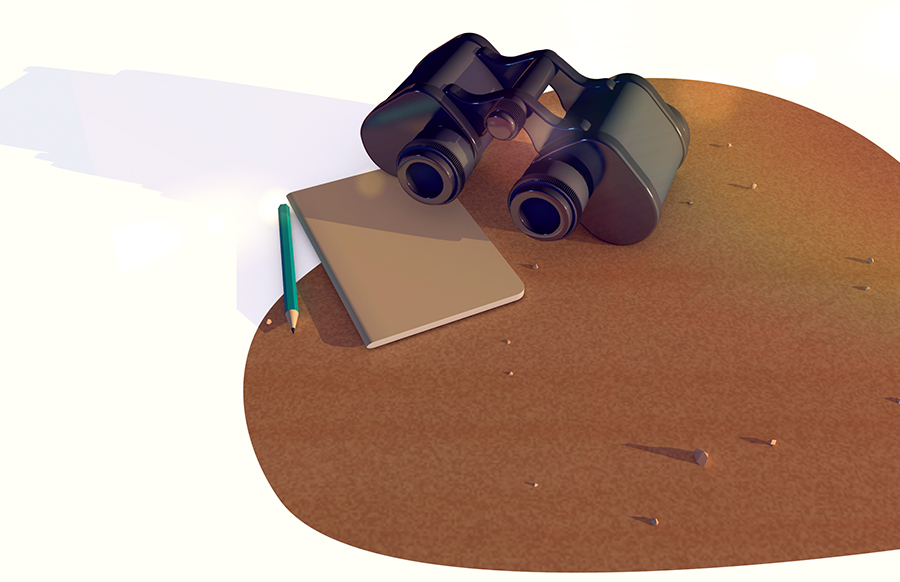
Writer: Is technology doing away with the office?
Interviewee: I don’t know if it’s doing away with the office. It’s definitely changing the way we look at the office.
Writer: A lot of companies made a point of designing spaces to promote spontaneous, creative interactions. Can we collaborate and innovate over Zoom or Slack?
Interviewee: Lotta opinions on that. But before we say what the tools can and can’t do, how about we master the tools?
Writer: We haven’t?
Interviewee: Uneven at best.
In days of yore, that multi-line phone sat on your office desk, not at home. As did the IBM Selectric typewriter. The copier was down the hall. A few years later, so was the fax machine. And you probably had an office computer with a floppy disc before you had one at home. Ultimately, advances in technology made these devices better, smaller, cheaper or obsolete. Today, virtually every piece of what once was “office equipment” – and a whole lot more – is in your phone or your laptop.
Technology has always had an impact on how we work, but in the last 50 years, that impact has been nothing short of profound. And the developments, which have come faster and faster, separate many of us, bit by bit, from the need to go to the office.
So, when we think about the office today, it may be instructive to shift our point of view. The office is just another tool in the tool kit, just like Slack or Zoom. From that perspective, what does the office do that these other tools don’t or can’t? And as we pursue this line of thinking, let’s not assume that creativity, for example, can only happen in a face-to-face interaction in the office. When we were in the office all the time, creativity often took place away from our desks, in the break room or the hall, or out of the office entirely – where you have some distance from work and the next thing on your to-do list.
The actual office wasn’t a requirement for collaboration and creativity. In fact, sometimes, it got in the way. Now, if the office is a lab, or a maker space, if the office has facilities or gear not widely available, then maybe the so-called creative interaction can’t happen in any other space. But now we’ve defined a clear and specific use for the tool.
We should also bear in mind that our understanding and use of the various technologies are in relative infancy. We need to be deliberate about mastering them. Take meeting software. When you take part in a virtual meeting, you’re on television. Is the camera, is the microphone, on your computer any good? If you spend time in virtual meetings, you’ll benefit from spending a few dollars on a good camera, a good microphone and maybe a light or two. Have you framed yourself properly? Are your eyes on the upper third of the frame? Are you lit well, or do you look like you’re in witness protection?
If you don’t look good and sound good, you’re telling your audience they are unimportant. Not a good way to establish collaboration. Can you seamlessly share your screen, use chat, assign a different host, break out into subgroups? When you share your spreadsheet or your PowerPoint, have you taken care to format your material so that it’s legible on a phone? An audience’s attention span with the electronic medium (read television) is much shorter than in-person. Have you broken your presentation into short – 7 minutes or less — segments, or are you holding forth for 20 or 30 minutes non-stop?
Each of these elements adds up to creating an engaging, professional impression. Doesn’t matter if you’re not wearing pants, you better master these details.
After you have some degree of mastery with the technology, then you can ask how to create a desired environment or relationship. Think of it as a translation between one mode – in person – and another – virtual. English is different from Italian; better at expressing some nuances, worse at others, but you can learn both languages and translate from one to the other.

Writer: When we talk about knowledge workers, we —
Interviewee: I’m getting pretty sick of that term.
Writer: Really, why?
Interviewee: I’ve heard it defined as those who think for a living – which is pretty much anyone if you’re not a salamander.
Writer: If you read the business press, it’s mostly white-collar folk.
Interviewee: Kinda segregates so-called blue-collar work. Everybody wants flexibility and autonomy. And in this labor market, if they don’t get it, they’re gone.
Estimates vary depending on how you define the term, but knowledge workers make up about half of the total workforce. The other half – those who work in construction, manufacturing, mining, hospitality, healthcare, police, fire, retail, etc. — are required to be on-site even though they may want the same autonomy and flexibility. The result has been a migration of workers out of these jobs to office work, and an overall shortage of skilled labor.
With the shortage, the price tag for skilled labor has increased. Walmart has raised the starting pay for truck drivers to $95-110K. But it doesn’t appear that money alone can slow the exodus. Those workers need at least some of the autonomy and flexibility their brethren enjoy.
In the manufacturing sector, there’s been some experimentation with shifting work schedules, moving to four-day weeks and cross-training. A workday that runs from 6:30 to 2:30 avoids morning rush hour and lets parents pick up kids from school. A four-day week cuts commuting costs by 20%, and cross training, which allows workers to move among different jobs, offers greater flexibility for setting and changing schedules.
Iain Roberts, COO of IDEO, a global design company, suggests that
“the best way to build a resilient, agile, thriving organization is … by pushing power and decision making and agency as close to the edges of the organization as possible because at the edges is where most of the knowledge resides.”
In its manufacturing processes, Toyota is doing just that. On the line in their Georgetown, Kentucky, plant, the largest Toyota plant in the world, the robotics are being designed by the line workers. “Machines are good for repetitive things,” said Wil James, President of Toyota Manufacturing Kentucky, “but they can’t improve their own efficiency or the quality of their work. Only people can.”
Toyota’s realized that the people who do the work are the best designers of the workflow. Power and decision making has been pushed to the edges. The employees, empowered and respected, contribute to the well-being of the company; in other words, the outcome. That kind of empowerment does wonders for employee engagement and corporate culture.
Writer: So, where does all this leave us?
Interviewee: In a lot of ways, where we’ve always been. Sure, the pandemic brought change, but the basics are unchanged. Employers and employees, we want the same things – respect, trust, engagement in a culture that has purpose. We want to learn and grow in a workplace that helps us do a good job today and a better job tomorrow. And…
Writer: And?
Interviewee: And world peace.
Writer: Nothing wrong with that.
